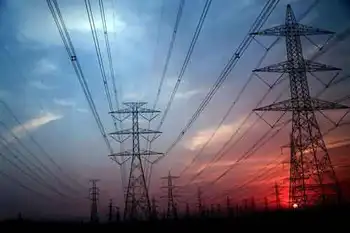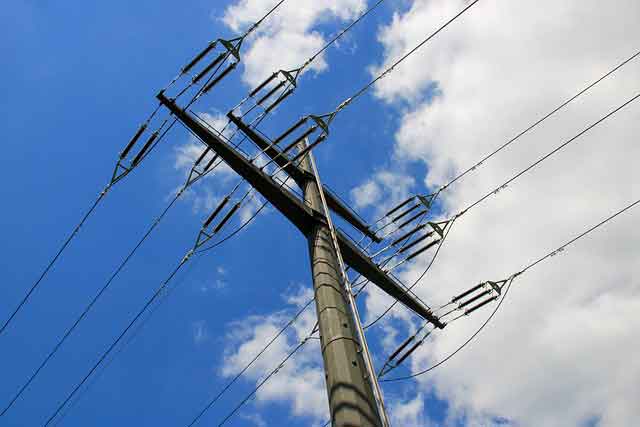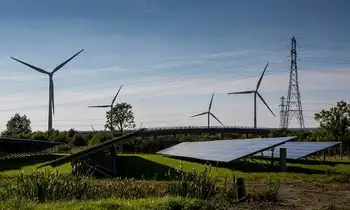Lithium batteries key for plug-in cars
By Toronto Star
Electrical Testing & Commissioning of Power Systems
Our customized live online or in‑person group training can be delivered to your staff at your location.

- Live Online
- 12 hours Instructor-led
- Group Training Available
But although the technology shows great promise, battery makers worldwide still are grappling with high costs, the impact of charging and depletion on battery life, keeping the batteries cool and other issues, according to panelists at the Plug-In 2008 conference in San Jose.
Tien Duong, who works in emerging battery technology with the U.S. Department of Energy, told the group he believes lithium-ion batteries are ready to start displacing the nickel-metal-hydride batteries now used in many hybrid gas-electric vehicles.
Hybrids are powered by electric and internal combustion engines, while plug-ins operate exclusively on electricity. They can be charged by plugging them into a conventional home outlet, but they also carry a small conventional motor to recharge the batteries and extend their range. Plug-ins generally can get up to 100 miles per U.S. gallon of gasoline (2.3 L/100km).
Panelists said lithium-ion batteries are better suited for plug-ins because they have more storage capacity, cost less and are smaller and more reliable than nickel-metal-hydride powerpacks.
Lithium-ion shows promise in giving cars a range of 40 miles (65 km) per charge, said Haresh Kamath, energy storage project manager for the Electric Power Research Institute, one of the conference sponsors.
"The target is 40 miles, and we don't think we can do that with nickel-metal-hydride," he said in an interview. "Lithium-ion, it's a lot more likely to get there.''
Still, the lithium-ion battery packs needed to power even a small car now cost in excess of $10,000 (US), said Kamath.
Duong said battery costs will have to be cut by at least half to make the cars cost-effective, but Fritz Kalhammer, an independent consultant in energy technology, said there's reason for optimism on the cost side because of high gasoline prices.
"The batteries cost less than the fuel cost savings they enable," he said.
Panelists also said the larger battery packs now being tested in plug-ins will drop in price as more are produced, just like consumer electronics batteries.
Automakers such as Toyota Motor Corp., General Motors Corp. are rushing to bring plug-ins to market as high gasoline prices have severely cut into U.S. auto sales. GM is developing an extended-range plug-in electric vehicle called the Chevrolet Volt, which it hopes to launch in 2010, and Toyota says it will bring out a plug-in hybrid with lithium-ion batteries by 2010 that it will target toward leasing customers.
Kamath said in an interview that although there are obstacles, it's possible automakers will be able to keep their promises.
"We've seen some pretty amazing things come to light in the last few years in terms of technology," he said. "And it's not impossible that something like this happens. Whether it actually does happen, that remains to be seen.''
Also in the mix of challenges is the impact of temperature extremes on battery life. As temperatures drop, for instance, so does battery performance, the panelists said.
Removing heat from the center of battery cells also is made difficult when the batteries are made large enough to power a car, they said.
There's also the problem with overheating that can cause fires, but Kamath said there have been only a few incidents out of the millions of lithium-ion batteries now in use in laptop computers and other devices.
He is confident the industry will overcome any safety issues.
"They have to be identified and they have to be mitigated in some way," he said. "That's going to be done through controls and through just an understanding of the technology. Those are the issues that were working through right now."











